.. both introduced and embraced the new silhouette which still had a full skirt in front, but draping and more fullness in the back.
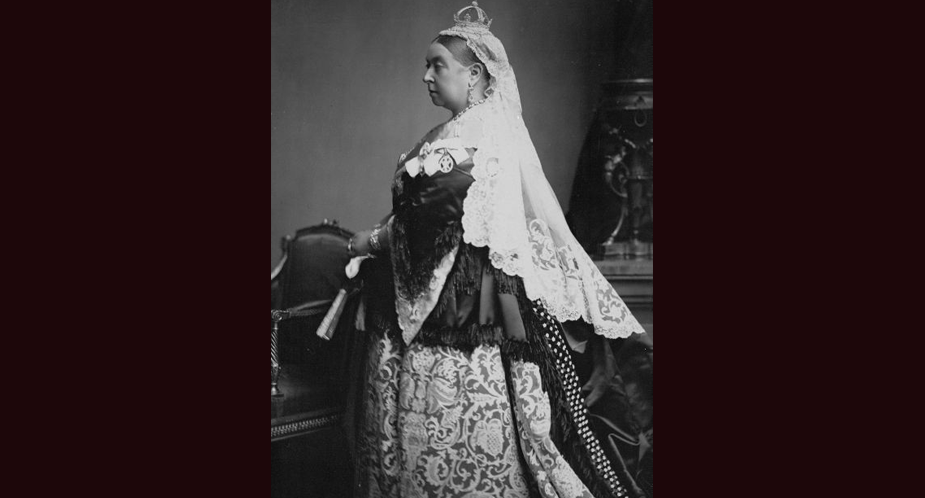

.. both introduced and embraced the new silhouette which still had a full skirt in front, but draping and more fullness in the back.
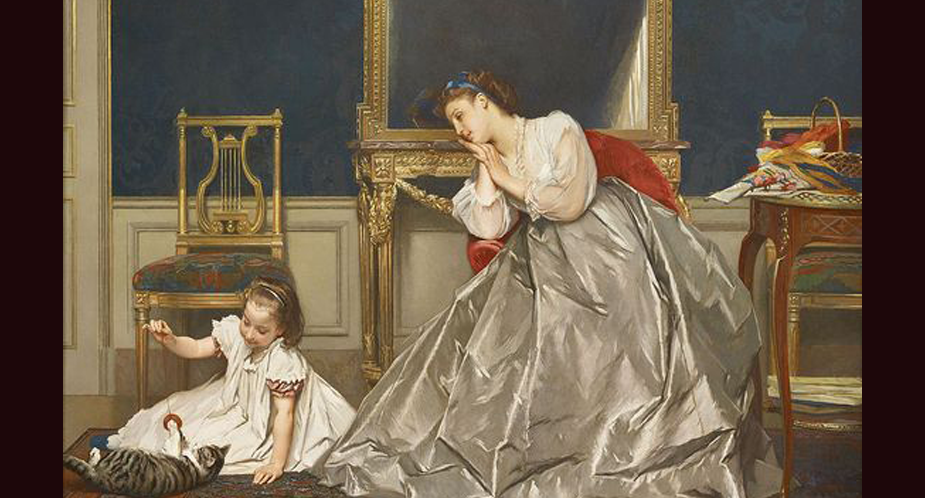
…was bunched up like the polonaise (curtain) style of the 18th century. Crinolines and cages suddenly disappeared. The tournure or bustle appeared. (Painting: we sneaked a CAT in again! With an 1866-67 silk skirt too)

.. and casual wear. The later Princess bodice designs still had the seaming as if they were one long piece, plus the very full skirt with hoop, but overall things were tailoring and fitting closer to the body. The banana shape was made by a new cut of the sleeve. …
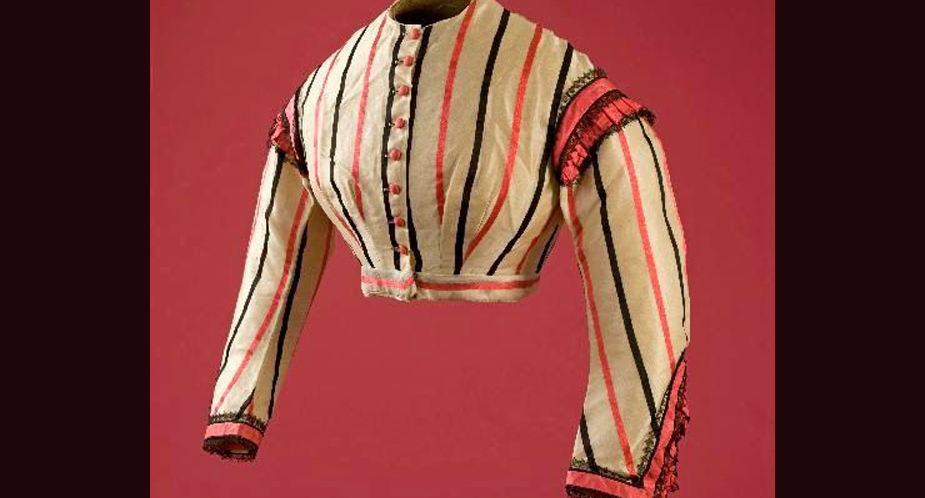
.. slimmer and much more form fitting. Sleeves in day dresses were often of a banana shape. (photo: 1866 bodice from a 2 piece day dress with banana shaped sleeves)
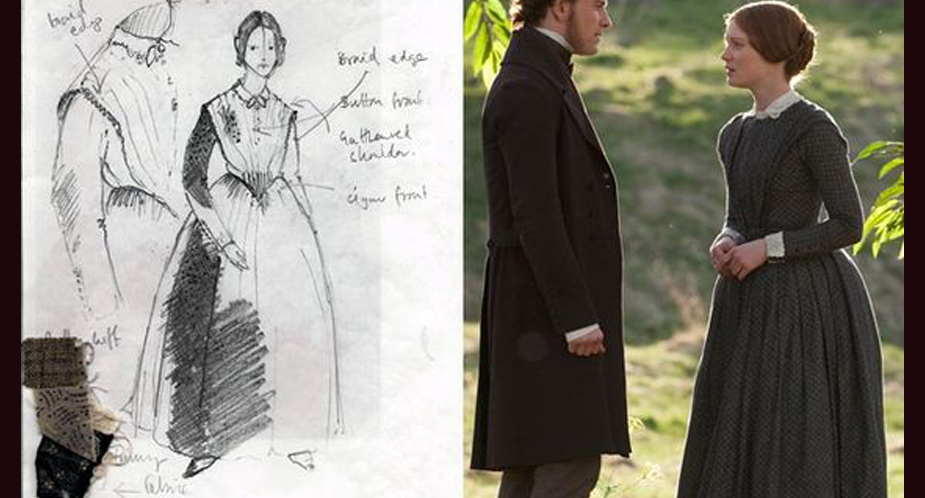
.. little white collar. The gown was usually made in gray silk and had the fuller skirt lines of the era. This constrained and buttoned up look is used to represent repressed governesses in Jane Eyre movies and such. (2017 Oscar for costuming a repressed woman)
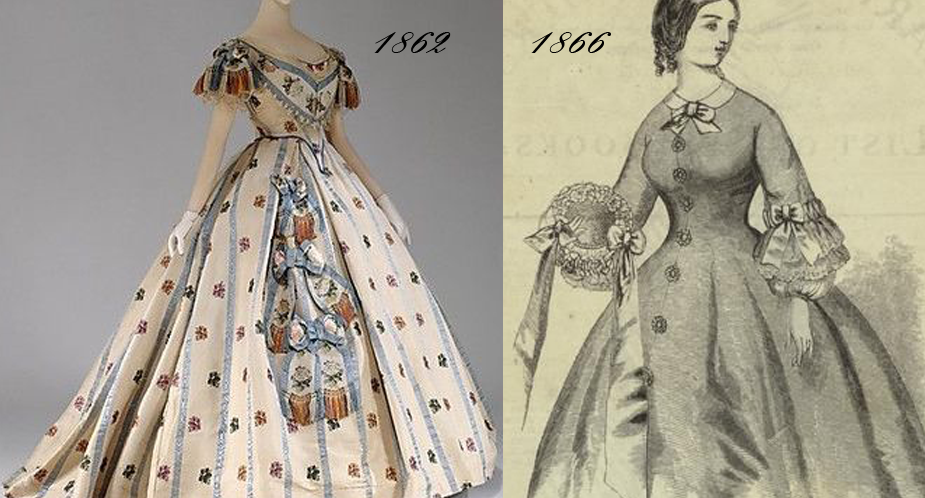
.. more tailored look in the mid-1860’s compared to even the early 1860’s. The difference can clearly be seen in the junction between bodice and skirt. On the later model, there isn’t one. We can see developing the next fashion eras with the cuirasse (armor-like) long bodice of the late …
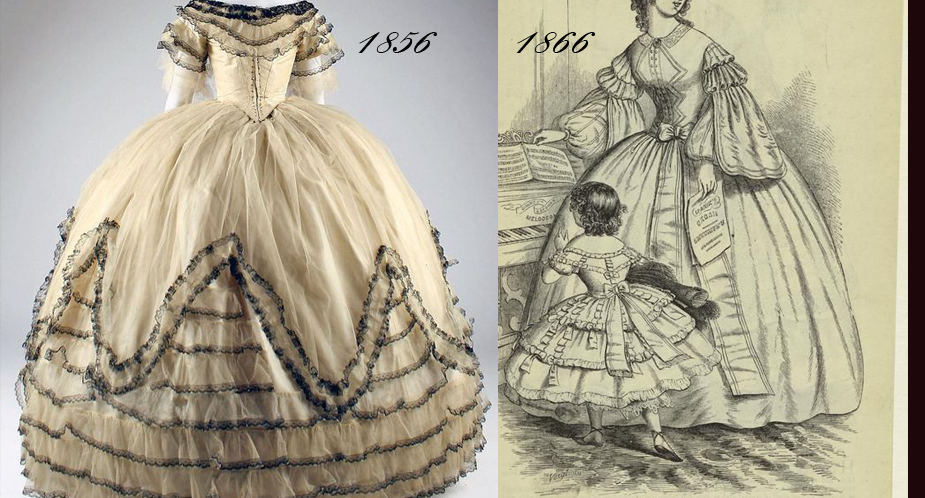
.. into the mid 1860’s. Historians suggest this might be because women’s roles were changing post Civil War in America. It might also have to do with availability of delicate fabrics and laces and trims in a post-war recovery. One might also guess the flaps and overlayers might have been …
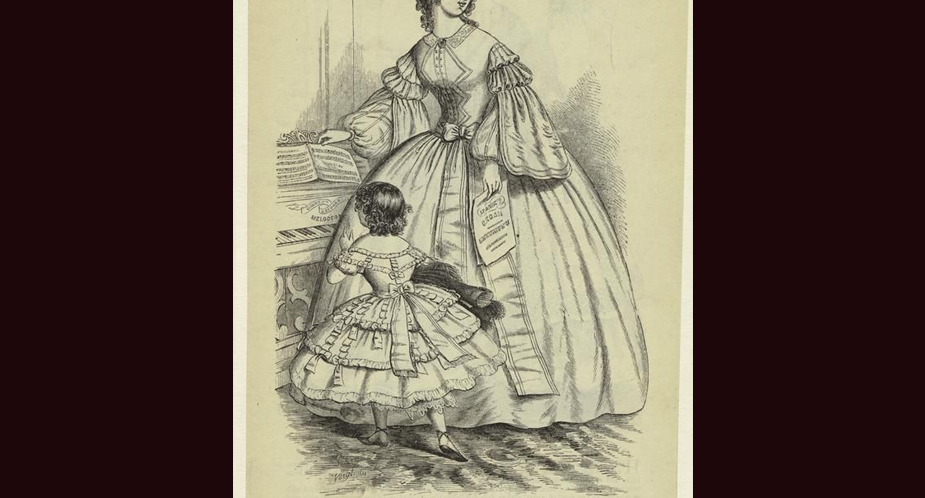
… women and girls (who could afford it). The huge crinoline hoops were still in play and the silhouette was still very wide at the skirt, but flaps and overlays were replacing the layers of flounces of the late 1850’s, in favor of a smoother and more tailored look overall.

The new Princess line was a gown cut in one piece with a number of panels fitted and gored from shoulder to hem. It shaped the figure through seaming. The early and mid Victorian style was changing quickly into late/mid Victorian style. There was no clear line to separate the …
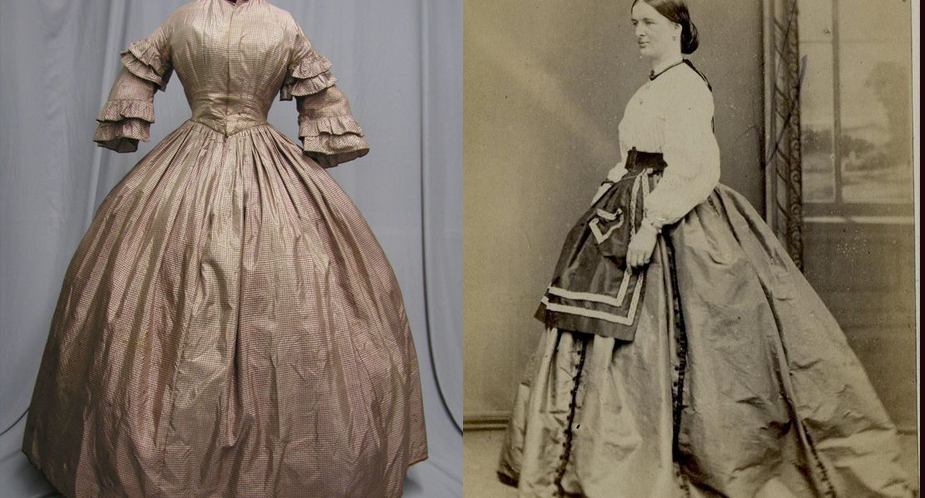
.. in 1860 the crinoline domed skirt silhouette had a flatter front than in the ’50’s and began to show a dramatic leaning towards the back. This silhouette is the easiest to define the change of fashion era.